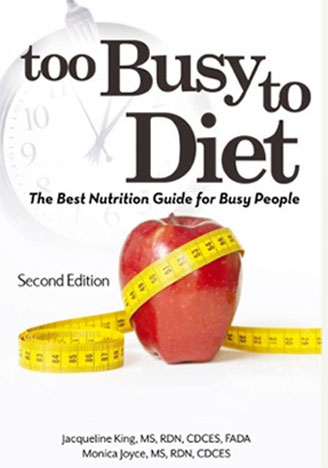Asparagus: A Tasty Healthy Superfood
in The Too Busy to Diet Blog on March 17, 2016

Asparagus is a natural diuretic, and a heart healthy food, containing no fat, cholesterol or sodium. One- half cup of cooked asparagus contains significant amounts of folic acid, vitamin C, potassium and beta-carotene. Folic acid helps prevent birth defects, cervical, colon or rectal cancers and heart disease. Vitamin C protects against cancers and heart disease and also helps boost the immune system. Potassium helps regulate the electrolyte balance within cells, and helps maintain normal heart function and blood pressure. Beta-carotene is used to decrease asthma symptoms caused by exercise; to prevent certain cancers, heart disease, cataracts, age related macular degeneration and to treat AIDS, alcoholism, Alzheimer’s disease, depression, epilepsy, headache, heartburn, high blood pressure, infertility, Parkinson’s disease, rheumatoid arthritis, schizophrenia, and skin disorders.
A member of the lily family, asparagus comes from the Greek word asparagos which first appeared in English print around 1000 A.D. It cannot be definitively tracked to any one specific area of origin, although it known to be native to the eastern Mediterranean and Asia Minor Areas. As early as 200 B.C. Cato gave excellent growing instructions for asparagus. Ancient Egyptians cultivated it, and Romans from Pliny to Julius Caesar to Augustus prized the wild variety. The asparagus growing beds in Northern Italy were famous during the Renaissance period. Ancient Chinese herbalists have used asparagus root to treat many discomforts from arthritis to infertility.
People can either prefer thick or thin spears, but it is best to be certain that they are fresh. The sugar in the plant quickly converts to starch after harvesting, causing a loss in flavor and development of a woody texture. It is best to select firm, straight, smooth, rich green stalks with tightly closed tips. Ridges in the stems and a dull green color are an indication of old age. Stalks should not be limp or dry at the cut. It is important to choose stalks of uniform thickness for more control in the cooking process.
It is important to not wash asparagus before storing it and never soak it. It is important to trim the ends of fresh asparagus and stand them upright in a jar with about an inch of water in the bottom. It is important to cover with a plastic bag and store spears in the refrigerator for up to two days. Asparagus are available year round, but the best season for fresh asparagus is spring. Crops are harvested from late February to June, with April being the best or prime month. The plants are either male or female. The female produces seeds, which not only reduce the size of the stalks, but also crowd the beds with seedlings. Since the males do not expend energy making seeds, their stalks are larger and more desirable. The stalks shoot up from the sowing of the seed to the harvest of the first stalks. Asparagus is a natural diuretic, and a heart healthy food, containing no fat, cholesterol or sodium. One- half cup of cooked asparagus contains significant amounts of folic acid, vitamin C, potassium and beta-carotene.
Written by Tracy Williams
Nutrition Graduate of Dominican University, River Forest, Illinois
Buy the Too Busy to Diet book
Get your copy of the definitive diet reference guide and healthy eating book today. Stop reading those misleading fad diet books and read an easy to follow book on how to lose weight and keep it off from actual Registered Dietitians.

Recent Posts
- Barbeque Turkey Meatloaf
- Pescado a la Veracruzana
- Juicy Pork Chops
- Rotasserie Chicken Casserole
- Grilled Salmon & Blueberry Salad